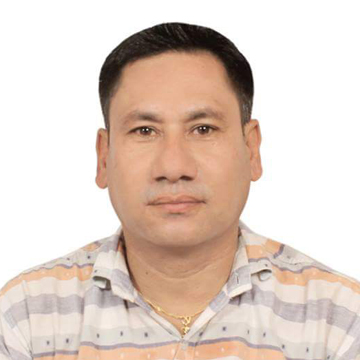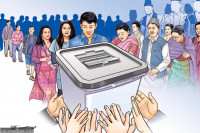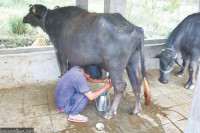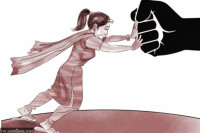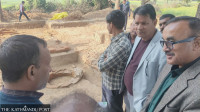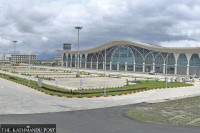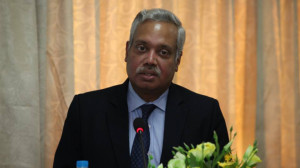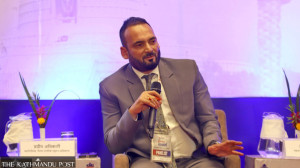National
Survivors of 2007 Gaur killings pursue justice for nearly two decades
Families and survivors now see hope as the Supreme Court orders an investigation.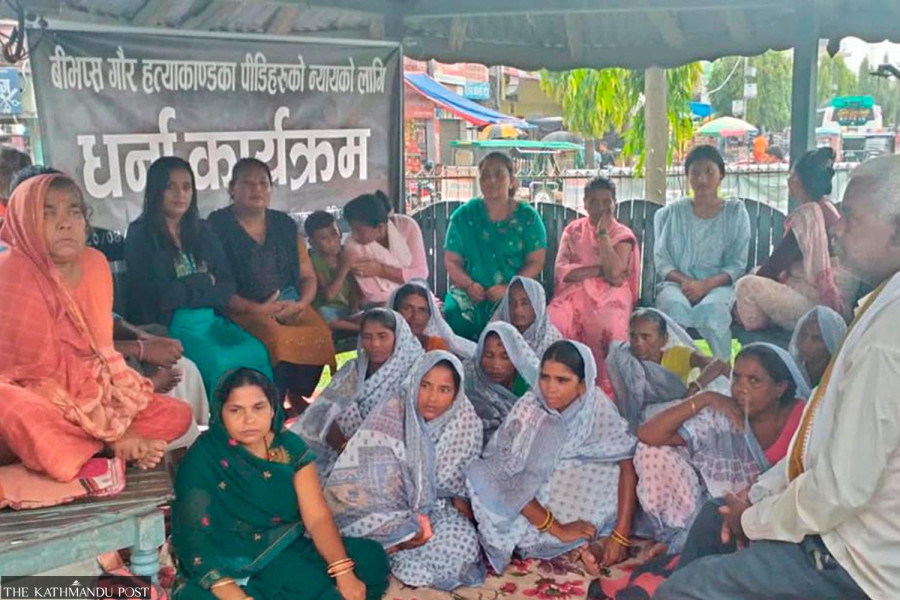
Shiva Puri
On March 21, 2007, tension in Gaur, Rautahat, erupted into violence at the Rice Mill Ground as rival political groups prepared for their assemblies. The local cadres of the then CPN (Maoist) were setting up the north side of the field, while the then Madhesi Janadhikar Forum (MJF) worked on the south. The Forum’s stage was noticeably more decorated, contrasting with the simpler setup of the Maoists.
Supporters began gathering in the afternoon. Forum cadres, armed with bamboo sticks, marched through the town at 11:00am before arriving at the ground. The Maoists followed with their rally around 2:00pm, also parading through the town.
When Maoist supporters reached their section of the ground, they discovered their stage had been destroyed. The discovery sparked a violent confrontation with the Forum side.
The clash was deadly. Twenty-seven Maoists, including five women, lost their lives, and 42 were injured. Among the survivors was 50-year-old Tribhuvan Sah of ward 8 in Boudhimai Municipality, who continues to struggle with severe injuries to his back and legs, a grim reminder of that day’s violence.
Sah recalled being struck repeatedly with bamboo sticks during the attack. “I ran for my life and was terrified seeing my friends fall. I thought I might not survive,” he said. He was rushed directly to Gaur Hospital, where he received treatment. He continues to receive care at Tribhuvan University Teaching Hospital and Norvic Hospital.
Sah has spent over 18 years seeking justice, travelling repeatedly between Kathmandu and Rautahat despite financial and personal hardships.
“I submitted memoranda to the Chief District Officer, staged demonstrations, and submitted petitions to successive prime ministers and home ministers. During this period, I incurred huge debts,” he said. “This is something the state should understand. Such a major incident needs to be properly investigated. Surprisingly, the district police registered the complaint and remained silent.”
He remained confident that the court would eventually mandate an investigation. Since the Gaur killings, 24 Superintendents of Police have taken charge as chief of the district police.
Yet none were willing to pursue the culpable homicide case filed against those involved. Most gave the same response–there is no higher order to do so.
Families of other victims have also campaigned tirelessly. Rupa Sagar Upadhyaya, whose husband, Nardeshwar Upadhyay, 40, was killed, coordinated the Gaur Killings Struggle Committee. She said that although the investigation has been delayed for years, the legal process has finally started.
The Supreme Court has directed investigations against 130 individuals, including then-MJF chairman and now chair of the Janata Samajbadi, Nepal chair Upendra Yadav.
Survivors and families submitted petitions on June 1, 2023, citing their complaints and National Human Rights Commission reports.
The rights body in January 2023 recommended that the government probe the 2007 Gaur massacre and take action against those found guilty.
Victims’ families received Rs1 million each as compensation, but they had long demanded justice.
The Gaur killings left deep scars in Rautahat’s political history. Nearly two decades on, survivors like Tribhuvan Sah and the families of those killed are still carrying that pain. But for the first time, they feel there may be a path to justice.




 9.12°C Kathmandu
9.12°C Kathmandu